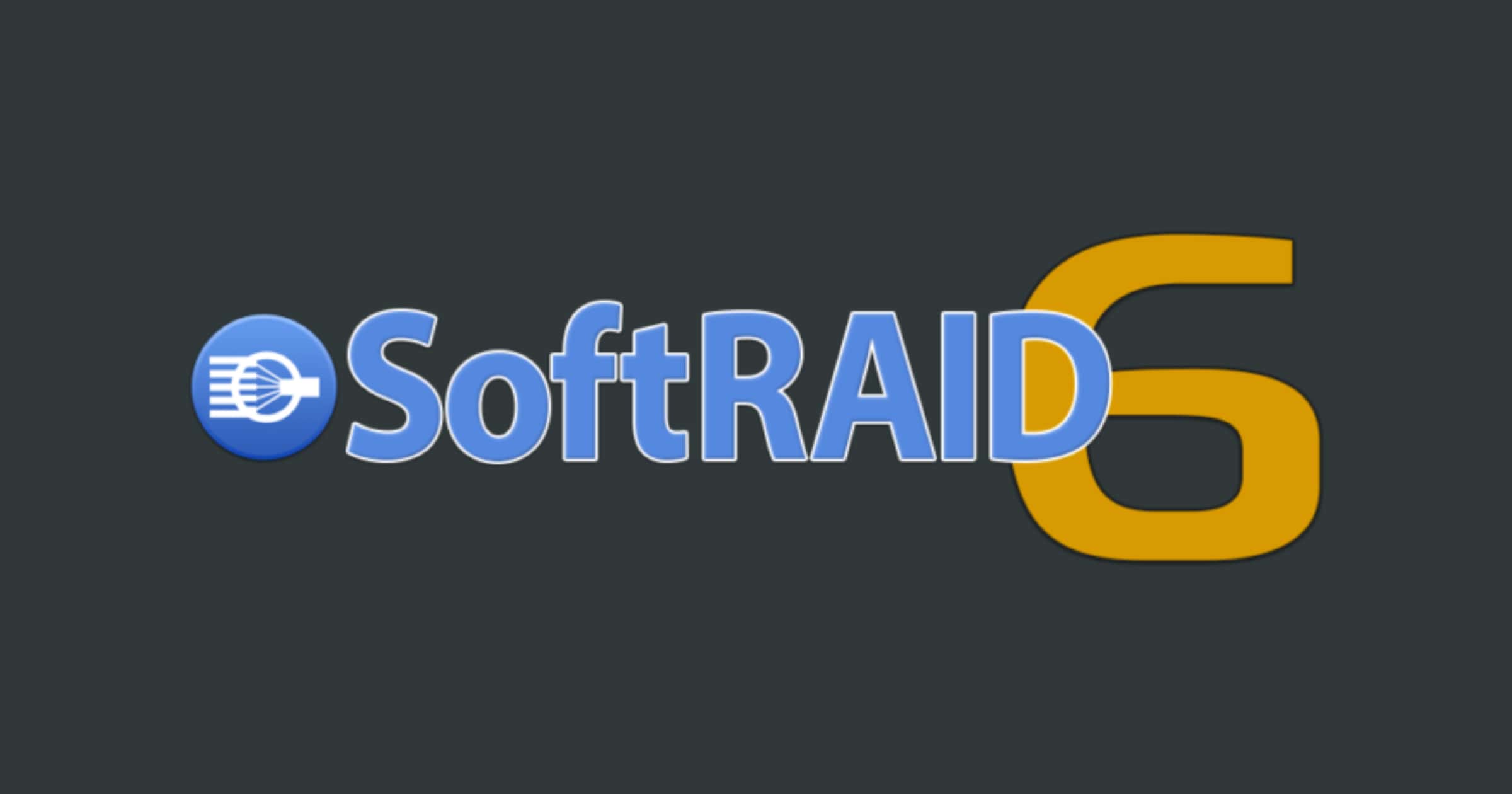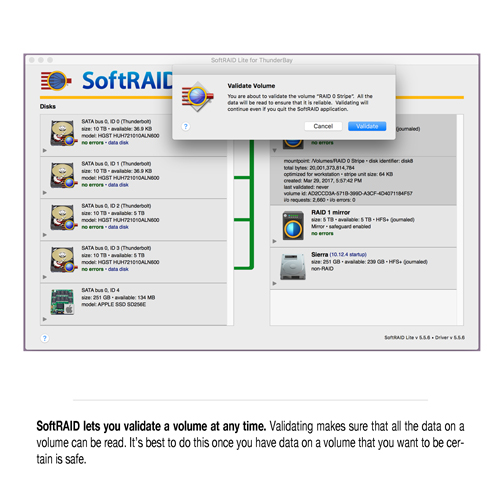

There is nothing wrong with that, but this is larger than 1024,Īnd could in certain setups cause problems with:ġ) software that runs at boot time (e.g., old versions of LILO)Ģ) booting and partitioning software from other OSsįirst cylinder (1438-3916, default 1438): The number of cylinders for this disk is set to 3916. The first task that you need to do is creating a 2GB partition on both disks this can be done by using the fdisk utility as shown in Figure 3.1. In this article we have two hard disks (/dev/sda and /dev/sdb) we will create a 2GB partition on each hard disk which will be used for setting up RAID1. In this section of the article we will look at preparing the hard disks. linux-9sl8:~ # rpm -q mdadmįigure 2.1: Confirm the “mdadm” utilities are installed.

The next step is to confirm that the “mdadm” package was installed successfully this can be done by issuing the rpm command followed by the -q qualifier as shown in Figure 2.1. Once you have selected the “mdadm” package you can begin the installation and then exit once the installation has finished. Once you have started the YaST software management module you will need to search for the the keyword “mdadm”.
#Softraid install#
In this article we will be using the yast sw_single command to install the “mdadm” utilities. The YaST software management module can be started by using two different commands, the first command is yast sw_single which will start a curses based interface and the second command is yast2 sw_single which will start a GUI (Graphical User Interface). In this section of the article we will need to install the “mdadm” utilities this can be done by using the YaST utility. However, if you don’t have them install you will need to install them. Installationīy default the mdadm utilities should be installed.

Very high reliability combined with high performance – Requires a minimum of four disks. Independent data disks with two independent distributed parity schemes – Requires a minimum of four disks to be implemented. Independent data disks with distributed parity blocks – Requires a minimum of three disks to be implemented. Independent data disks with shared parity disk – Requires a minimum of three disks to implement. Mirroring & Duplexing – Requires a minimum of two disks to be implemented. Striped disk array without fault tolerance – Requires a minimum of two disks to be implemented. In this article we will look at creating RAID1 (Mirroring) which will provide fault tolerance as data is written to two disks. RAID provides a great level of performance and reliability as data can be mirrored across multiple disks which allows your data to be access even if another disk is failing. In this article we are going to look at installing and configuring software RAID ( Redundant Arrays of Inexpensive Disks) from the command line.


 0 kommentar(er)
0 kommentar(er)
